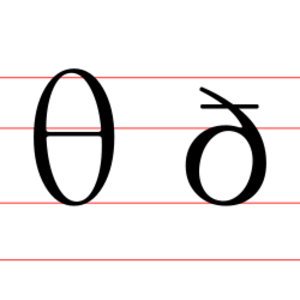Coronal consonant facts for kids
Coronal consonants are a special group of sounds we make using the front part of our tongue. When you say these sounds, the tip or blade of your tongue touches or comes very close to the roof of your mouth, your teeth, or the ridge just behind your teeth. Many languages around the world use coronal consonants, and they are some of the most common sounds in human speech.
Contents
What Are Coronal Consonants?
Consonants are sounds that are made by blocking or partly blocking air as it leaves your mouth. For example, when you say "p" or "b," you close your lips. When you say "t" or "d," you use your tongue.
Coronal consonants are a big family of sounds. What makes them "coronal" is which part of the tongue is active. It's always the front part, like the tip or the blade (the flat part just behind the tip). This part of the tongue moves towards the front of the mouth.
How Are They Made?
Imagine your tongue inside your mouth. When you make a coronal consonant, the front of your tongue moves up. It can touch different places:
- Your teeth: This makes sounds like the "th" in "thin."
- The ridge behind your teeth: This bumpy ridge is called the alveolar ridge. Sounds like "t," "d," "s," and "z" are made here.
- Further back on the roof of your mouth: Some sounds are made by curling the tongue back a bit.
The exact spot where the tongue touches or gets close to is called the "place of articulation." For coronal consonants, this place is always in the front part of your mouth.
Types of Coronal Consonants
There are many different types of coronal consonants, depending on exactly where the tongue touches and how the air is released. Here are some common examples:
Dental Consonants
Dental consonants are made when the tip or blade of your tongue touches the back of your upper front teeth.
- Examples: The "th" sounds in English words like "thin" (as in thin) and "this" (as in this) are dental consonants. In Spanish, the "t" and "d" sounds are often dental.
Alveolar Consonants
Alveolar consonants are made when the tip or blade of your tongue touches the alveolar ridge. This is the small, bumpy ridge right behind your upper front teeth.
- Examples: Many common English sounds are alveolar. Think of the "t" in "top," the "d" in "dog," the "s" in "sun," the "z" in "zoo," the "n" in "nose," and the "l" in "light."
Postalveolar Consonants
These sounds are made just a little bit further back than alveolar sounds, on the back part of the alveolar ridge or the front part of the hard palate (the roof of your mouth).
- Examples: The "sh" sound in "shoe" and the "ch" sound in "chair" are postalveolar.
Retroflex Consonants
Retroflex consonants are made by curling the tip of your tongue backwards. The underside of the tongue tip then touches the hard palate.
- Examples: These sounds are not common in English, but they are found in languages like Hindi and some dialects of Chinese. The "r" sound in some accents of English can sometimes be a bit retroflex.
Why Are Coronal Consonants Important?
Coronal consonants are very important in almost every language. They make up a large part of the sounds we use to form words. Because they are made with the flexible front part of the tongue, we can make many different variations of these sounds by changing the exact spot the tongue touches or how much air flows past. This allows for a wide range of distinct sounds that help us tell words apart.
Understanding how sounds are made helps us learn about language and how our mouths and tongues work together to communicate!
See also
 In Spanish: Consonante coronal para niños
In Spanish: Consonante coronal para niños


